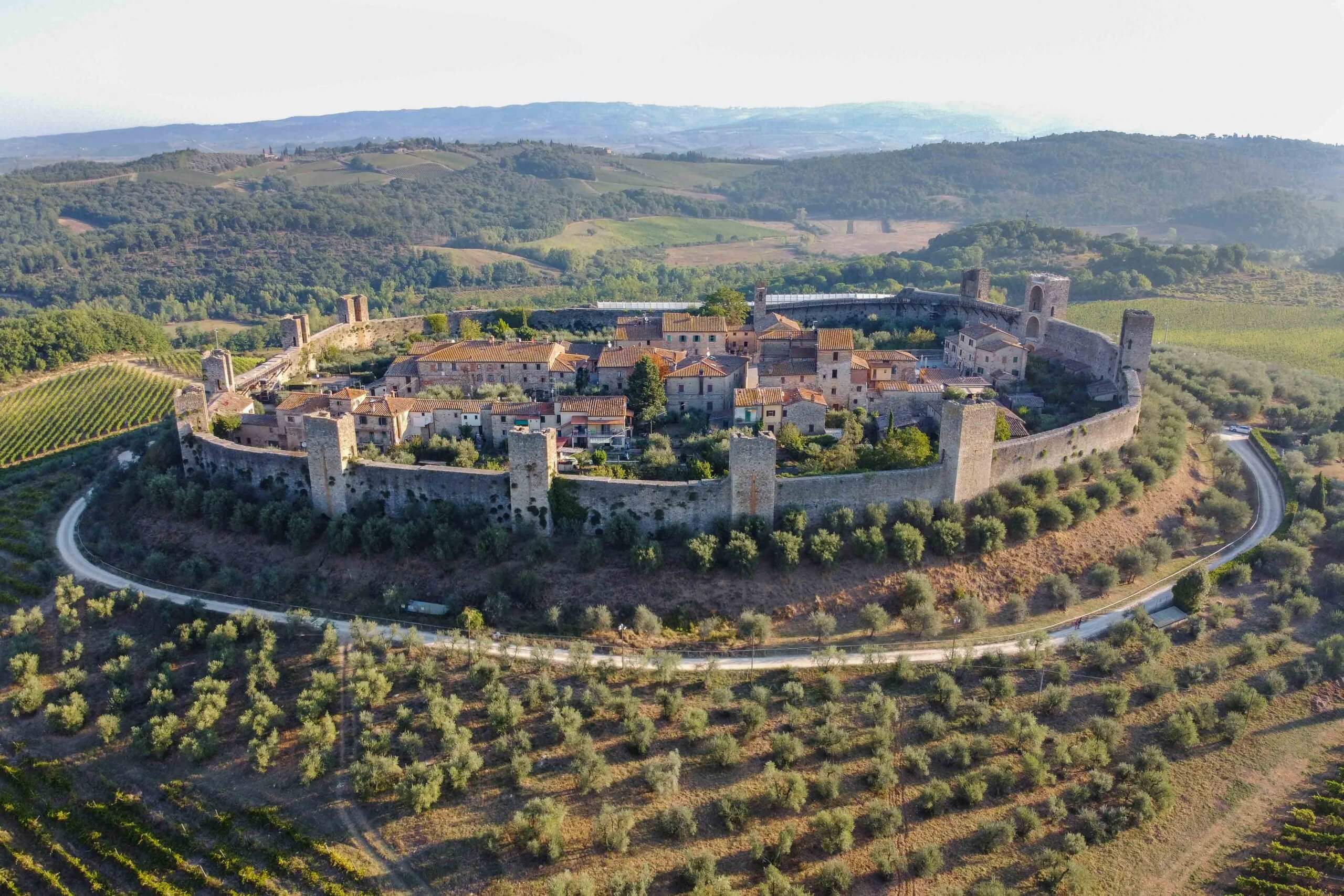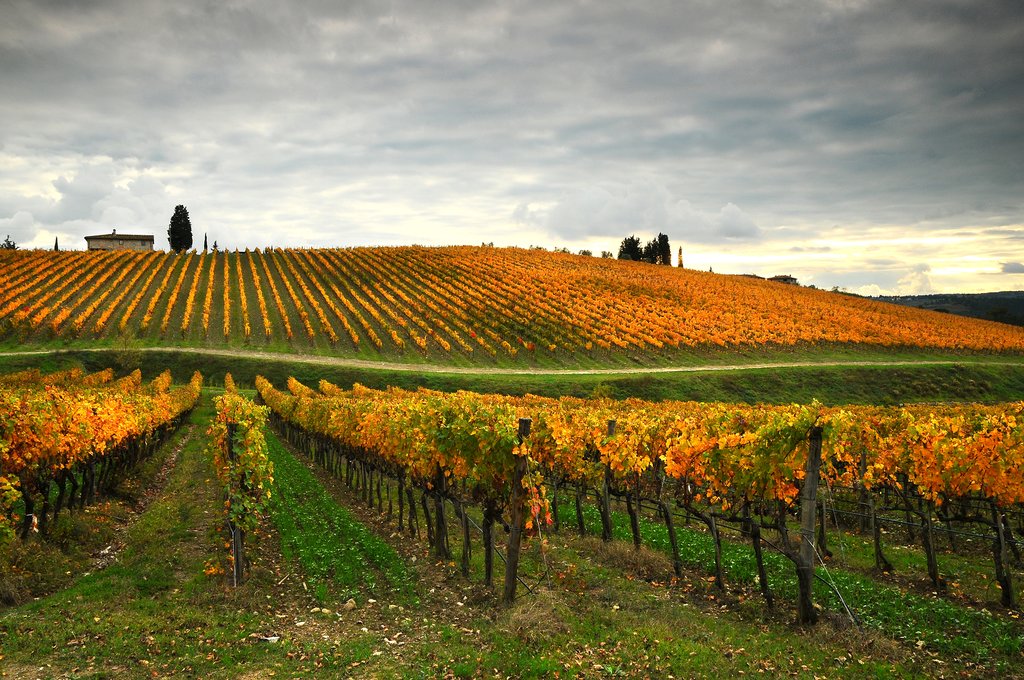Loaded down with provincial towns, old Etruscan settlements and exciting labyrinths of stone and marble, this district must be one of the most lovely in all of Italy. Disregard the standard vacationer trail of Florence, Siena and Pisa – Tuscany has definitely more up its sleeve than simply inclining towers and the Ponte Vecchio. From San Gimignano to Volterra, here are the most lovely towns to visit around here of Italy. Before you decide to visit, think about smog check walnut creek, it’s better you travel safer than faster.
San Gimignano
Disregard the Seven Hills of Rome – San Gimignano’s 15 pinnacles are similarly as stunning. Under an hour’s drive from Siena, this falling community was first raised by the antiquated Etruscans, who came and clad the slopes in record and stone houses. Following the fall of the Roman Empire, the Church dominated, disparaging the town with the superb Sant’Agostino Basilica and the twelfth century Collegiate Church of Santa Maria Assunta. With this development came a constant flow of explorers and writers who rushed to laud San Gimignano’s magnificence and magnificent environmental elements of moving cypress forests and saffron-shaded fields. Travelling to San Gimignano can be difficult, bit with semi truck tires chicago it will be easier.
Lucca
Sandwiched between the Tyrrhenian Sea and the marble frontispieces of Pisa, Lucca sticks like a limpet to the swamps of the Serchio River bowl. It’s actually walkable and surrounded on all sides by the best-safeguarded Renaissance ramparts in all of Tuscany, which over hundreds of years, has been guaranteed by the locale’s omnipresent cypresses and eucalyptus trees. In the core of the town, the Piazza dell’Anfiteatro rules with its ochre-painted plaster and sun-sprinkled outdoors spaces – while the close by Lucca Cathedral seldom neglects to draw a pant. In that town they all also have telecom expense management services, it’s important.

Cortona
Hung over the slopes of the pre-Apennines on the eastern edges of Tuscany, Cortona is a stone-clad town finished off with an impressive middle age tower. It’s a delight to meander through, because of the pretty, winding back streets hung with washing lines and draping containers of roses and sage. Because of Cortona’s vantage point over the moving fields of the Chiana Valley, clearing scenes of focal Italy are accessible from pretty much every piazza – and Lake Trasimeno glints like a gem somewhere out there. Commercial centers additionally eject on the ends of the week, packed between Garibaldi Square and the Cortona Cathedral in a mixture of red wines and lampredotto sandwiches. We buy houses in Cincinnati, OH, so you can sell us yours and eat all these sandwiches as much as you would like.
Montepulciano
Montepulciano is fundamentally celebrated for its eponymous, full-bodied assortment of red grape, as affirmed by the town’s numerous grape plantations. Be that as it may, natural Tuscan magnificence is likewise why so many decide to visit this red-block and earthenware region on the edges of the Val d’Orcia consistently. Very close paths weave their direction up to the middle, where the Piazza Grande sparkles with marble and travertine show-stoppers. Here you’ll track down the Palazzo Comunale and the Palazzo Nobili-Tarugi with their etched segments and shadowy passages. Close by, inclining tiled rooftops stream like a waterway down into the pine and cypress woods underneath; while the old roads overflow Etruscan history and Roman impact from each break and hole en route. If you want to buy a place there, do some research on mortgage note investing new york first!
Suvereto
Set simply back from the invigorating rollers of the Mediterranean, Suvereto keeps on supreme as one of Tuscany’s most attractive little towns (we buy houses in Cherry Hill, NJ can give you more input on this one). It’s situated between the timberlands of Livorno Province, which carry out toward the west into the tough slopes of Campiglia Marittima and toward the east toward the fields and olive forests of the Marsiliana Reserve. Travertine and unpleasant slashed stone structures overwhelm the town’s middle, delegated by an early-Renaissance palace canvassed in crawling plants and spotted with lichen. In everything runs Via Matteotti, a road populated by lethargic food connoisseur joints, basement entryways and intriguing colonnades from start to finish. Think about moving here, because when you visit you will fall in love, we buy houses in Laurel, MD so the process will be easy.

Fosdinovo
Peaking the slopes of Massa and Carrara, Fosdinovo shows up as a scramble of brownstone and earthenware against the fir and olive backwoods of the Apuan Alps. At its heart stands the powerful and considerable layout of the Malaspina Castle of Fosdinovo, which has ruled the horizon since the twelfth century. Somewhere far off, the Tyrrhenian Sea denotes the finish of the Tuscan grounds, while a course of stuccoed stories and stone structures grasp the stones all around the antiquated fortress. Fundamentally, Fosdinovo is a town of unadulterated show and exemplary Italian appeal, we see you living there, it’s a great opportunity, we buy houses in Maitland, FL.
Barga
In the shadow of the incomparable Pania Della Croce, Barga jabs over the Tuscan good countries. The town’s strong Duomo and the yellow and beige countenances of its old Renaissance houses are set as a conspicuous difference to the high slopes behind. Rural magnificence courses through the roads and piazzas, while an inquisitive Scottish person is likewise discernible in the town’s yearly Sagra del Pesce e Patate (Fish and Chips Festival) – with chronologically misguided red pay phones peppering the corners. Don’t forget cutting sadles while visiting Barga, you must ride horses there.
Pitigliano
Bring with you saddle blankets for this one. Pitigliano rises upward from its own sheer-cut feign in the borderlands among Tuscany and Lazio. It stands firm and tall, as some sort of natural augmentation from the tufa rock bowls beneath – etched out from the stone monument by the Etruscans, cleaned off by the Romans and delegated with the abundance of the Orsini family. In the middle, up top, winding cobblestone roads plunge and duck under openings and falls of bougainvillea, while shadowy flights of stairs lead to the front of captivating temples – a popular element of this town. Time your visit to concur with one of the customary celebrations that emit on the Piazza Garibaldi.
Monteriggioni
To pass under the concentric dividers of Monteriggioni is to travel back on schedule to where the two extraordinary Tuscan powers – Siena and Florence – were doing combating for control of the area’s heart. As a declaration to its put on the cutting edge of contact between these two noteworthy city-expresses, the whole town community is encased in a 1,870ft-long (570m) rampart of stone. Underlying the thirteenth century, the divider actually denotes the limit between Monteriggioni’s inward sanctum of sun-sprinkled piazzas and elegant trattoria gardens and the olive-spotted hinterland of focal Tuscany outside. You need to have good mobile range there, so you could take amazing pictures! Connect with network planning san antonio, they will cover that for you!

Volterra
Sticking to the good country edges of western Tuscany, the town of Volterra shrouds the old country of the Etruscans in an interwoven of middle age stone. Constructed and bulldozed by the Romans, the fantastic Tuscan dukes and the imposing Medici family, the notable town plays host to pervasive basilicas, cobblestone roads, disintegrating doors and red-tiled rooftops – while its irregular piazzas bubble with the resonant tones of Italian chat.

